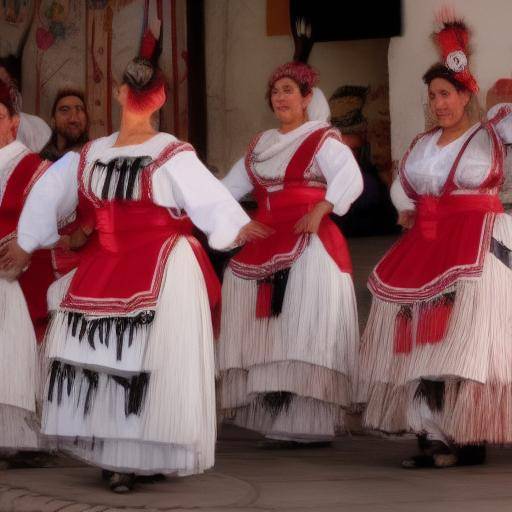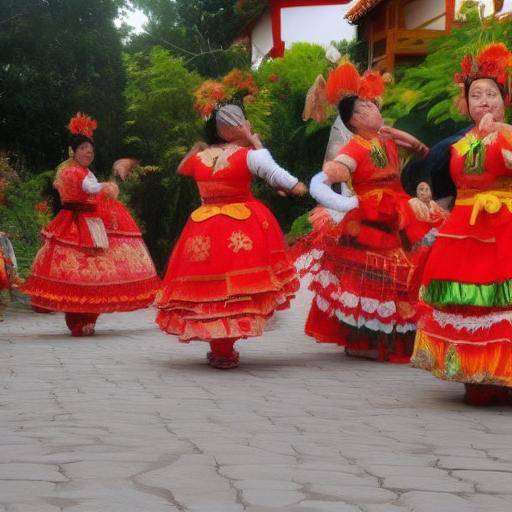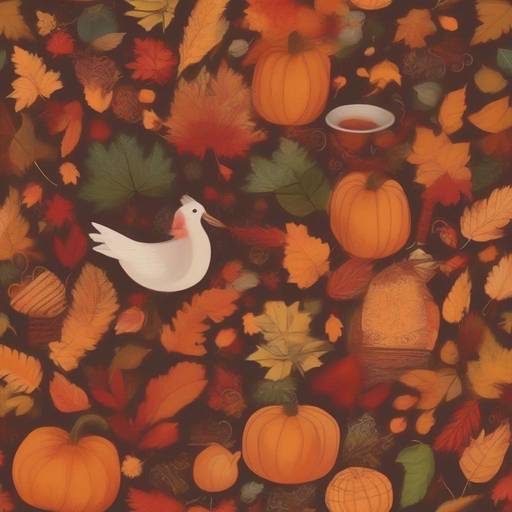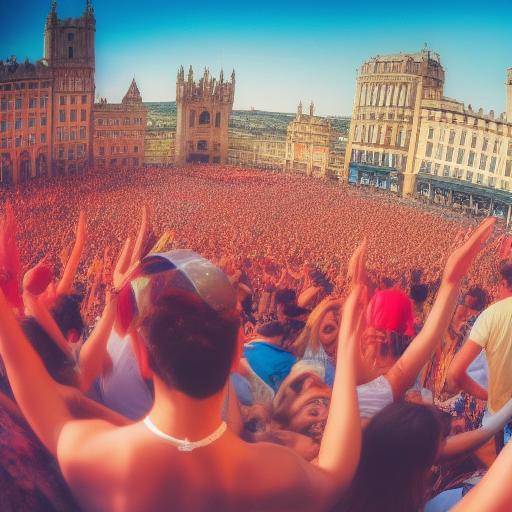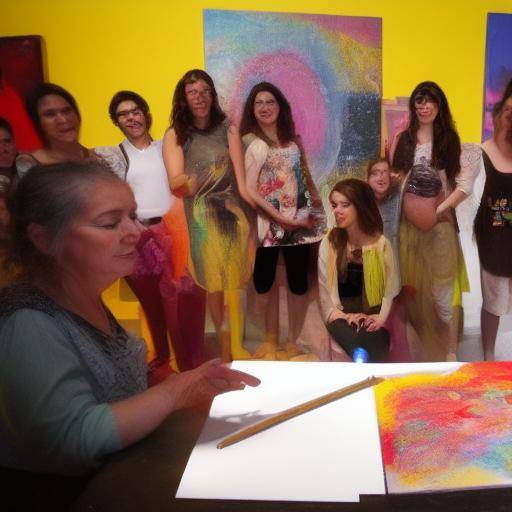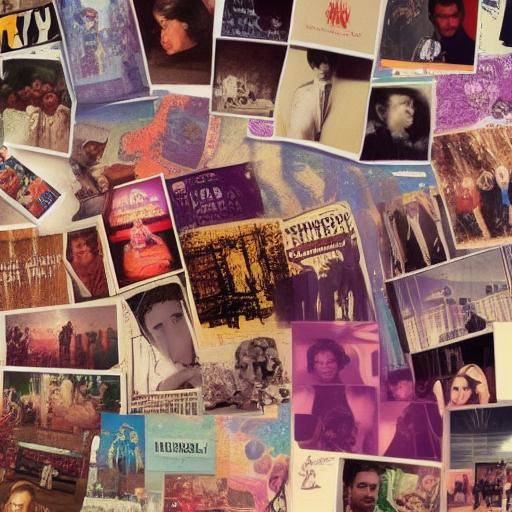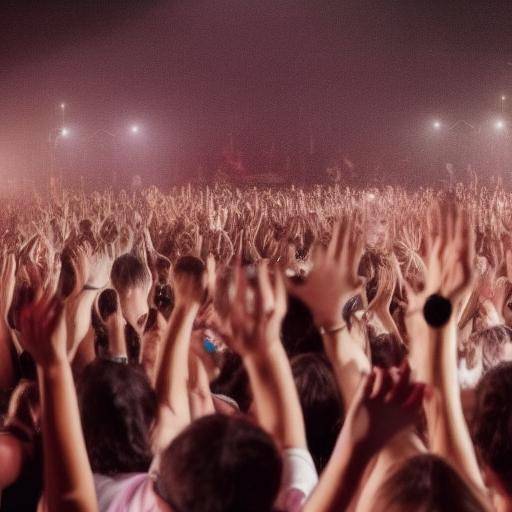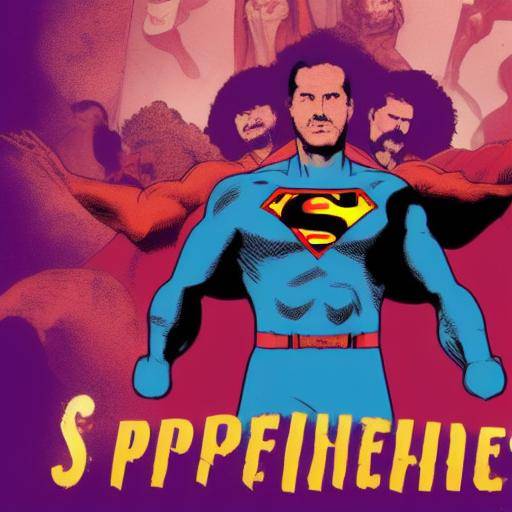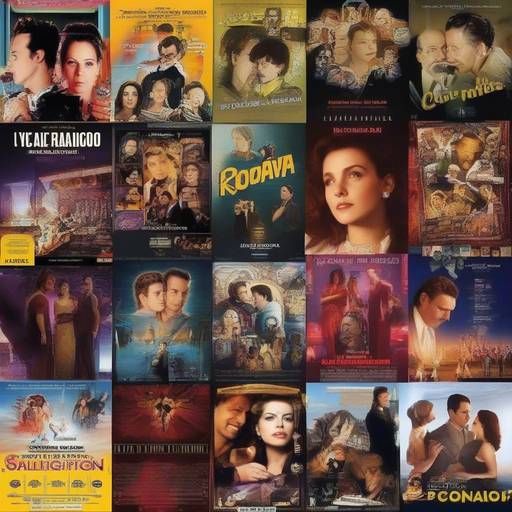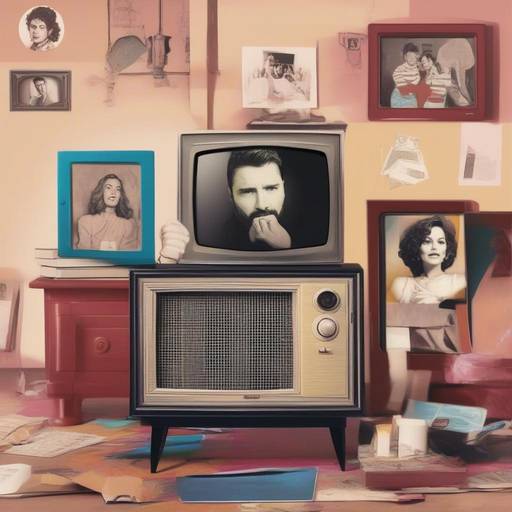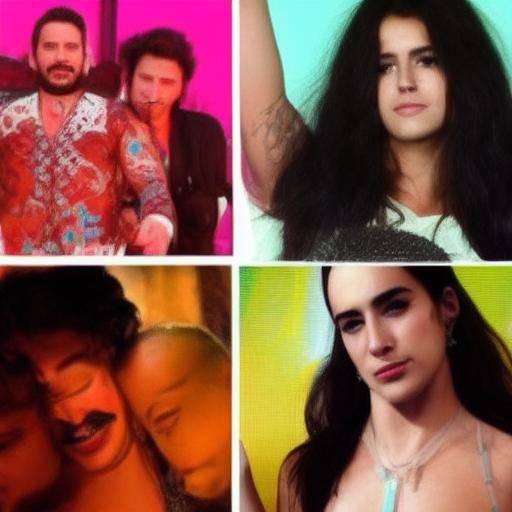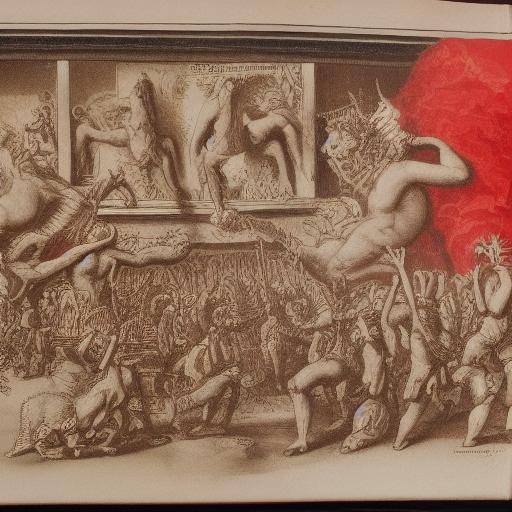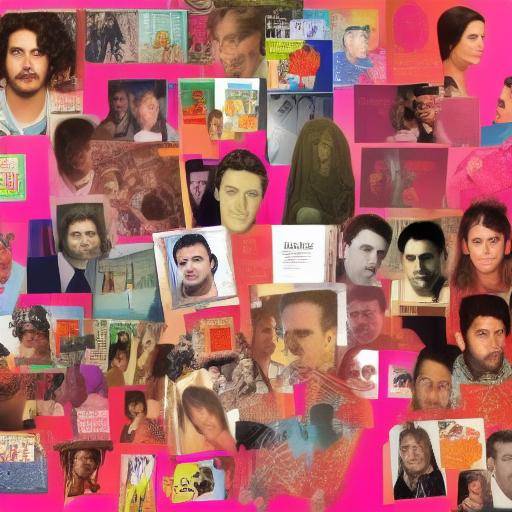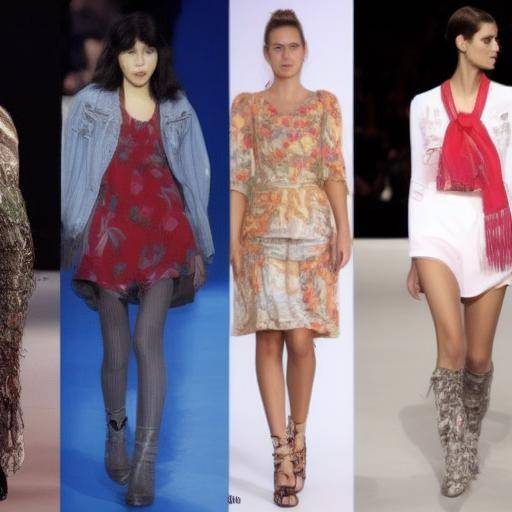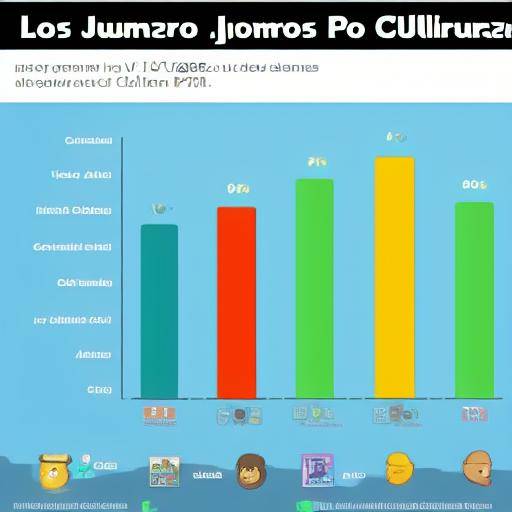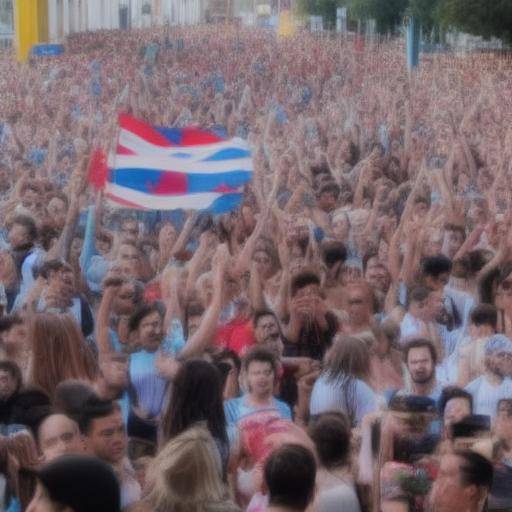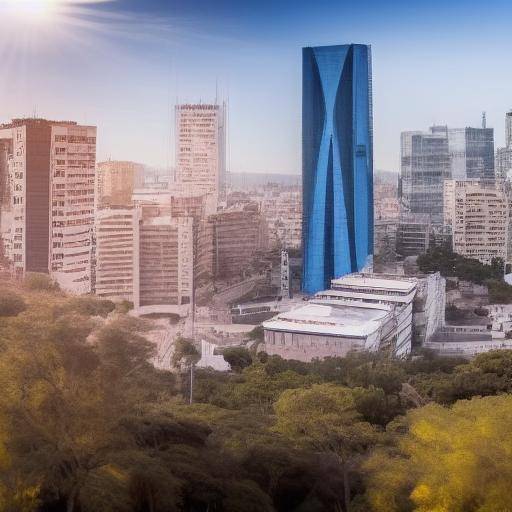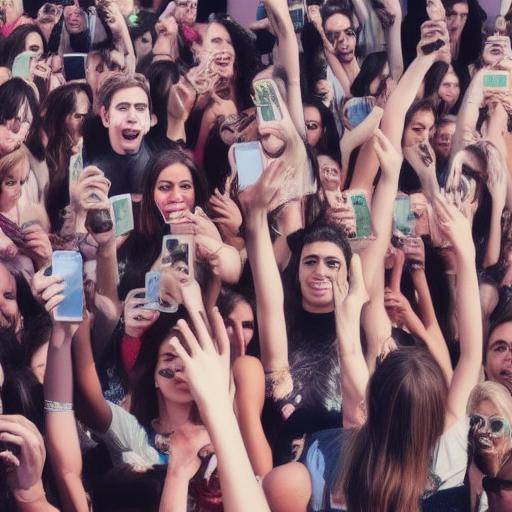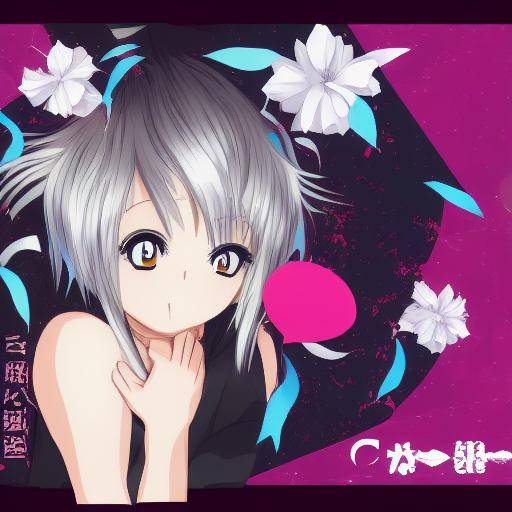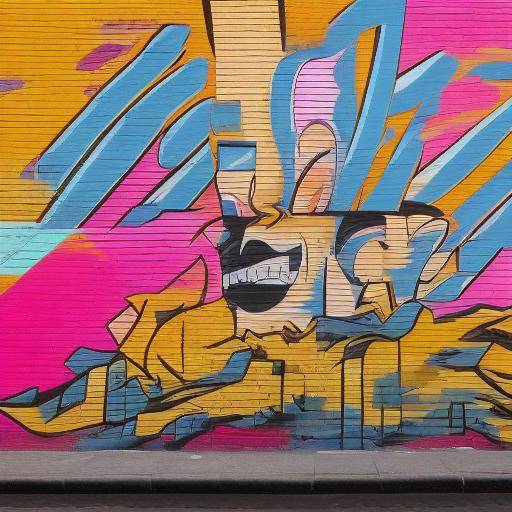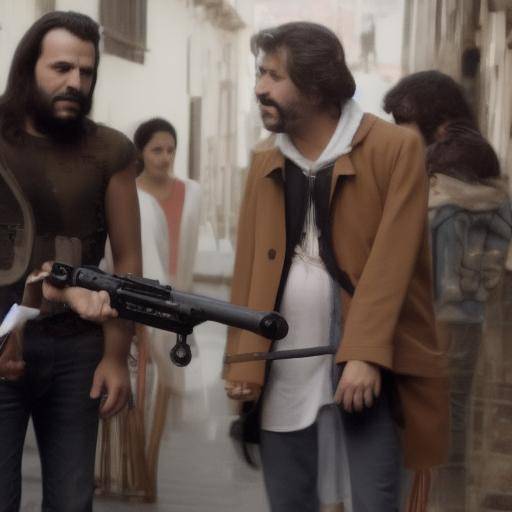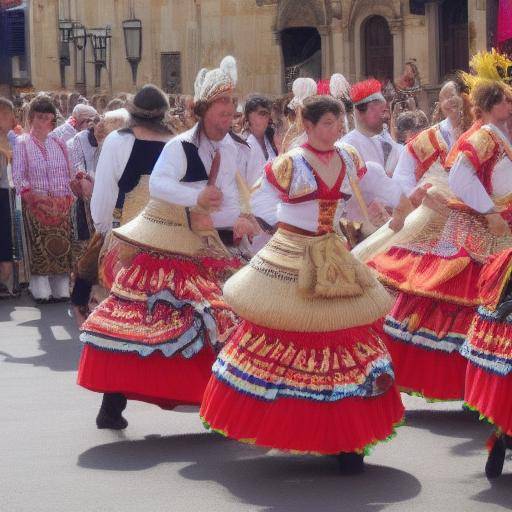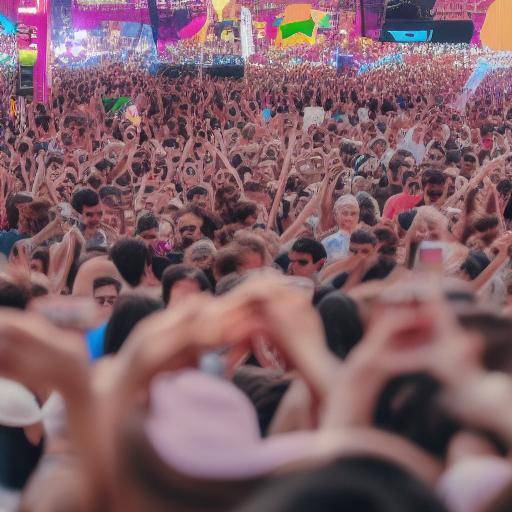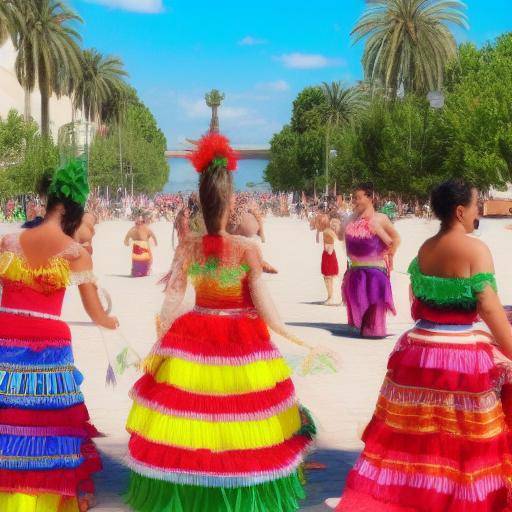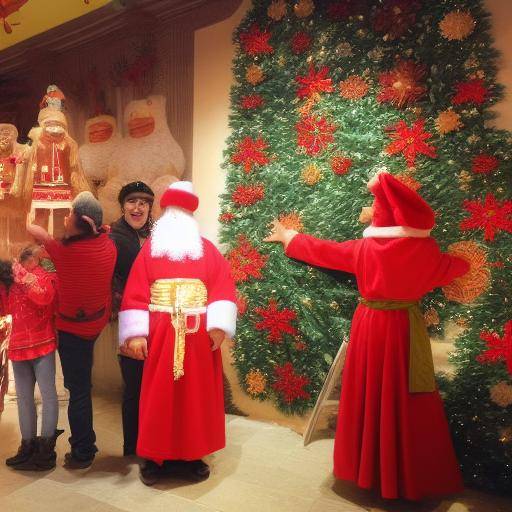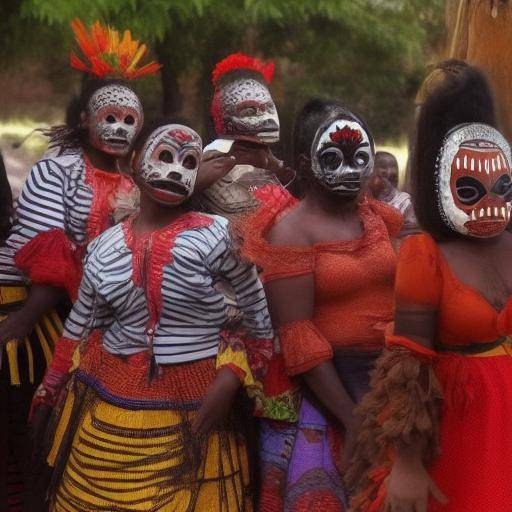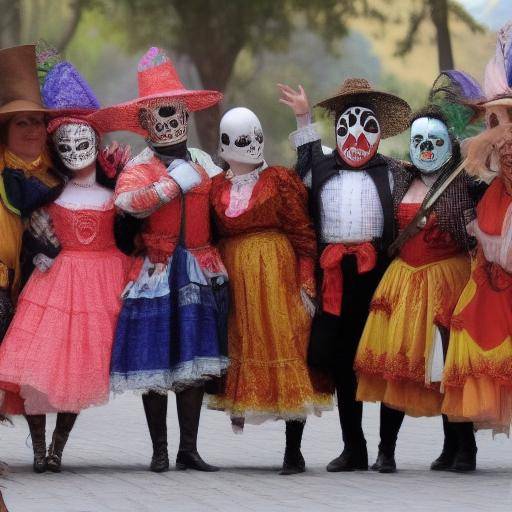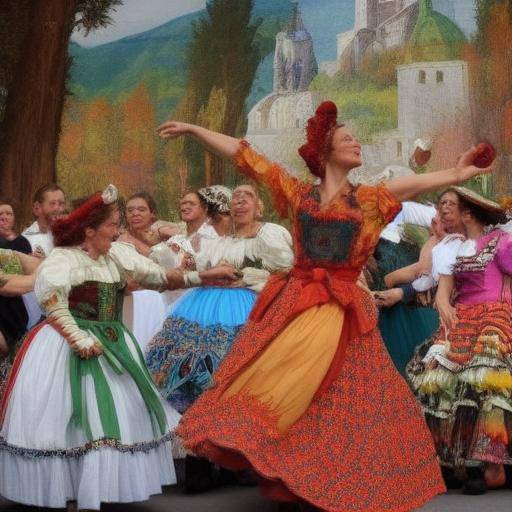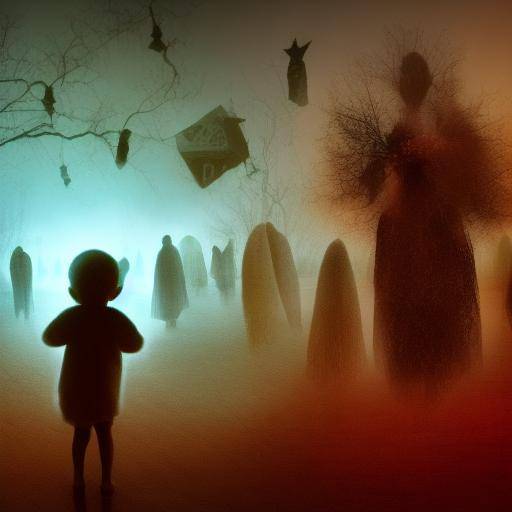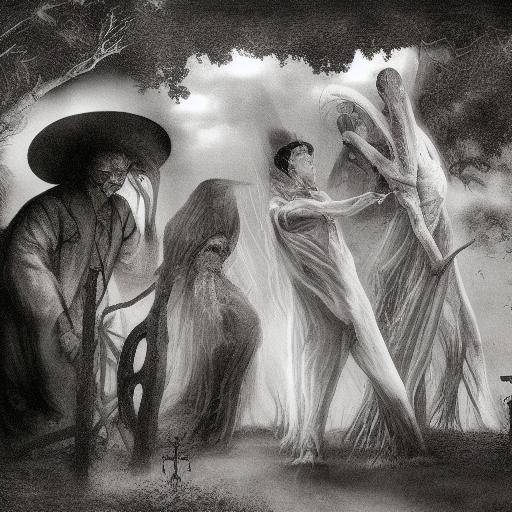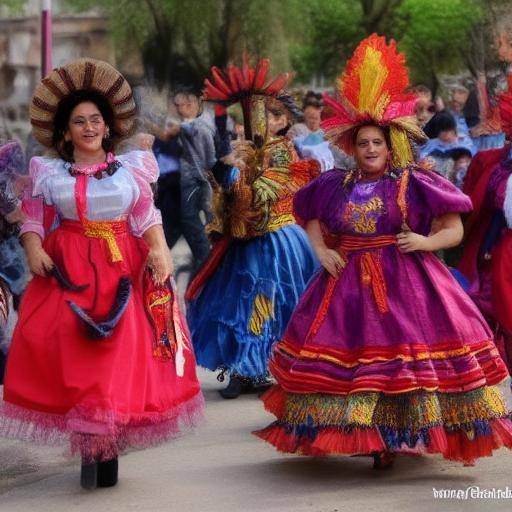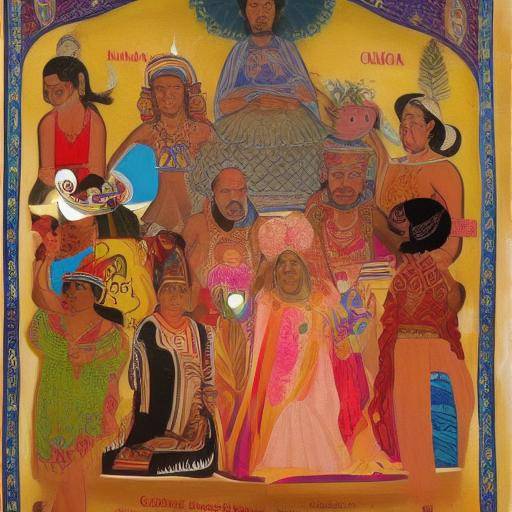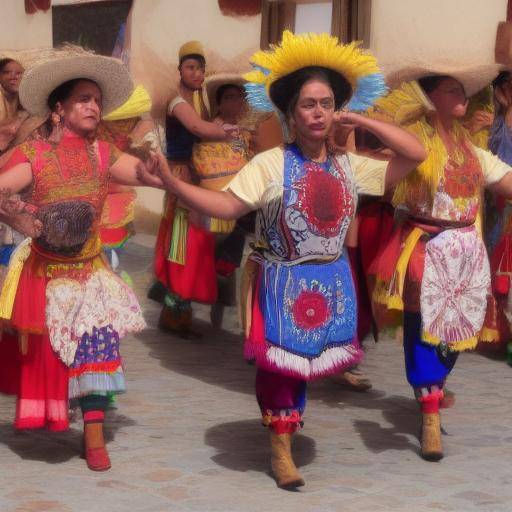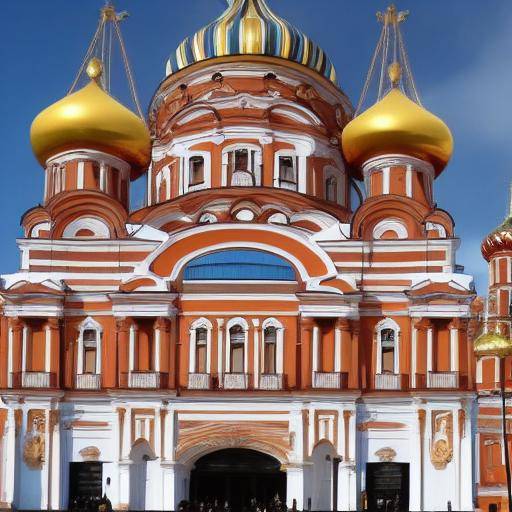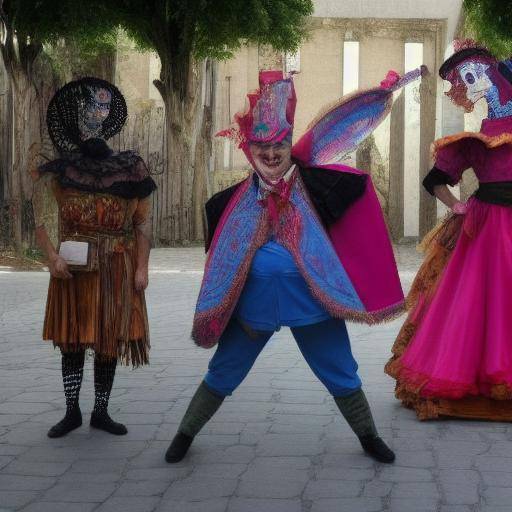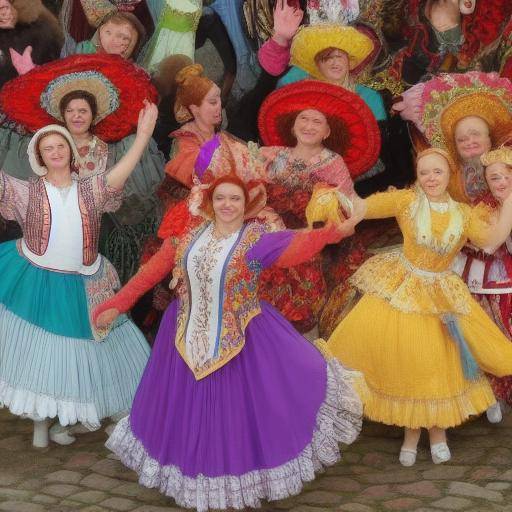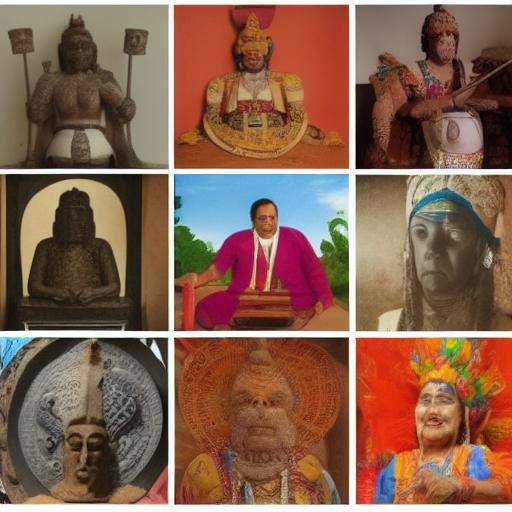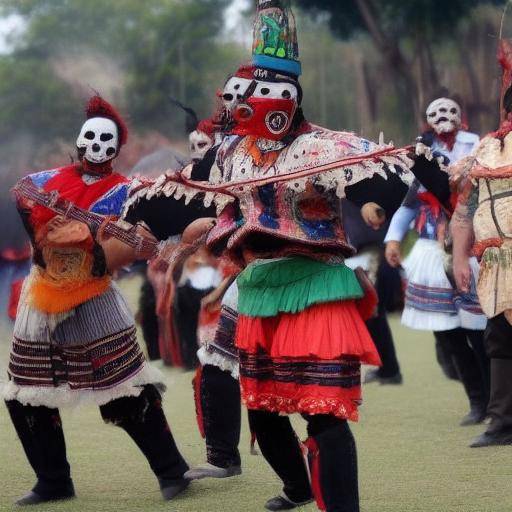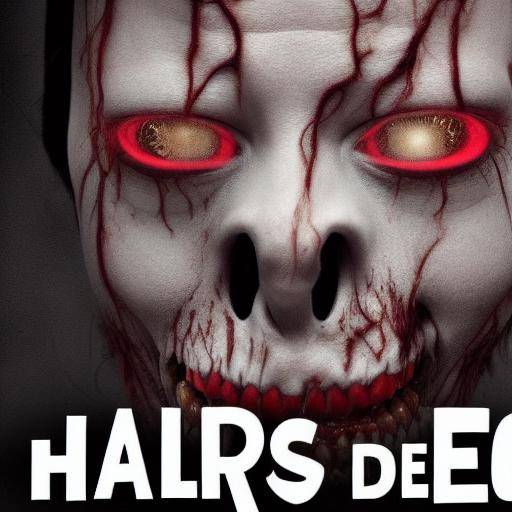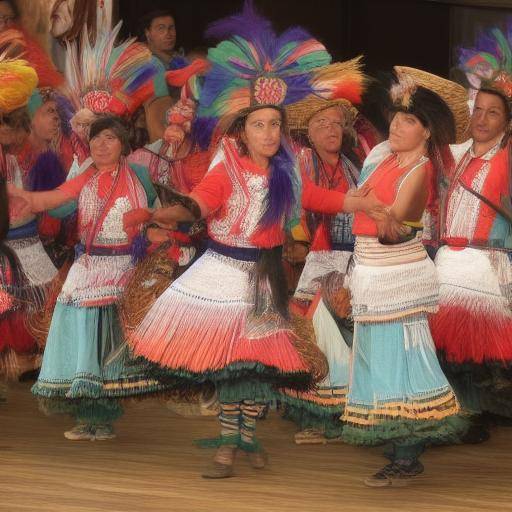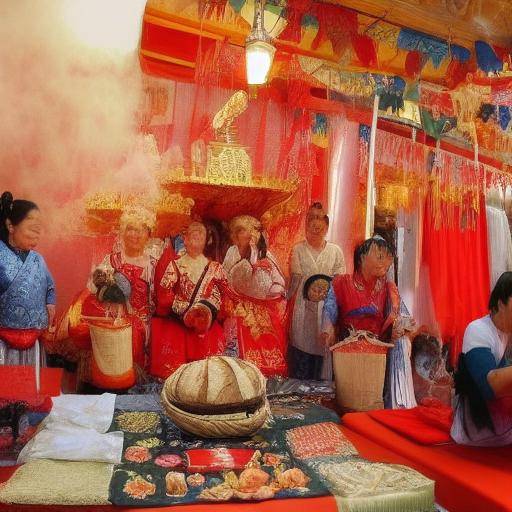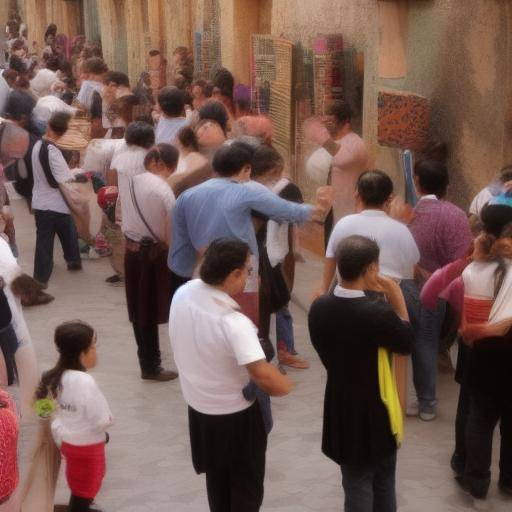
The Nordic mythology, rich in ancestral accounts and powerful deities, has been the object of fascination and study throughout history. In particular, the myth of creation in Nordic culture has a peculiar charm that deserves to be explored in depth. In this article, we will immerse ourselves in the world of Nordic mythology to unravel the mysteries and the cultural relevance of the myth of creation. From its origins to its influence today, we will discover the intersecting of this fascinating narrative and its impact on society. Prepare for a journey to the origins of the universe according to the Nordic mythology!
Introduction
The Nordic mythology, also known as Scandinavian mythology, encompasses a vast set of accounts ranging from the creation of the world to the inevitable Ragnarök, the cataclysm that will mark the end of time. Within this complex of myths, the account of creation occupies a central place, as it lays the foundations of the Nordic cosmogony. Throughout this article, we will explore in detail the origins of the universe according to the Nordic mythology, the divine figures involved and their cultural relevance in Viking society.
The Myth of Creation in Nordic Mythology
According to the Nordic mythology, in the beginning there was nothing except the Void, known as Ginnungagap. This primordial abyss was both a place and a state of being, without limits or definite form. On the side of the Void was Niflheim, the ice region, and on the other Muspelheim, the kingdom of fire. Among them, in the centre of Ginnungagap, the first being, Ymir, the ice giant, was generated. Vacuity gave way to existence, and creation came to life from this primordial being.
The Formation of the Universe and the Creation of the Nine Worlds
As Ymir slept, he went up, and the first giants were born out of their armpits, while the race of the gods called Aesir appeared from their feet. In the midst of this creation, the Auðumbla cow, whose milk feeds Ymir, and Búri, the first ancestor of the gods, was born to Borr, the father of Odin, Vili and Ve.
The three primordial gods, Odin, Vili and Ve, finished with Ymir and from their remains created the world known as Midgard, the kingdom of humans, and eight other worlds interconnected by the Yggdrasil, the tree of life. This cosmic tree holds all kingdoms and is assisted by three women, the Nornas, who weave the destiny of living beings.
The Cultural Relevance of the Myth of Creation
The myth of creation in Nordic mythology not only represents a unique vision of the origins of the universe, but also provides a profound understanding of the human nature and the role of divine forces in everyday life. The Nordic cosmovision is enriched with this narrative, infusing values, beliefs and symbols that have endured over the centuries.
The influence of these mythological accounts is manifested in various aspects of Nordic culture, from artistic and literary expressions to religious traditions and folklore. Even in the modern era, Nordic mythology has experienced a resurgence in literature, cinema and other cultural manifestations, demonstrating its lasting impact on contemporary society.
It is important to note that Nordic mythology transcends the geographical borders of the Scandinavian region, exerting a global attraction and generating a continuous interest among people who are dedifferent. As we explore the myth of creation in Nordic culture, it is crucial to understand its meaning in a wider context, recognizing its influence on the perception of the world and the human condition.
Conclusions and Final Reflections
In conclusion, the myth of creation in Nordic culture is a fascinating narrative that reveals a cosmogony rich in symbolism and meaning. From the birth of the first beings to the formation of the nine worlds, this mythological account has transcended time and left a profound mark on Scandinavian culture. The influence of this narrative extends beyond historical borders, resonating in contemporary society and fueling the curiosity of current generations.
By exploring the myth of creation in the Nordic mythology, we immerse ourselves in a universe of divinities, heroes and visions of the cosmos that have captivated the imagination of humanity over the centuries. This narrative, rooted in the ancestral roots of Nordic culture, remains in force as an inexhaustible source of inspiration and reflection.
Frequently asked questions
What is the role of Yggdrasil in the myth of Nordic creation?
Yggdrasil, the tree of life, is a central element in the myth of Nordic creation. This cosmic tree connects the nine worlds of Nordic mythology and acts as a fundamental axis in the structure of the universe. In addition, Yggdrasil symbolizes the connection between the heavenly, earthly and underground kingdoms, giving cohesion and meaning to the Nordic cosmogony.
How has Nordic mythology influenced modern literature?
Nordic mythology has exerted a significant influence on modern literature, inspiring numerous literary works, from novels to comics and stories. Authors like J.R.R. Tolkien, Neil Gaiman and many others have incorporated elements of Nordic mythology into their creations, enriching their plots with the wealth of Scandinavian myths.
What lessons can be drawn from the myth of Nordic creation in everyday life?
The myth of Nordic creation offers various lessons that can be applied to everyday life, such as the importance of balance in the universe, the interconnection of all things and the need to respect nature. In addition, this mythological account invites us to reflect on the duality of the primordial forces and the inevitability of change, providing timeless teachings on the human condition.
How has Nordic mythology been represented in cinema and other artistic expressions?
The Nordic mythology has been represented in numerous film productions, television series, video games and other forms of artistic expression. From direct adaptations of myths to creative reinterpretations, the wealth of Nordic mythology has inspired works that capture the imagination of the public and contribute to keeping alive this ancestral cultural tradition.
Are there parallels between the myth of Nordic creation and other mythological traditions?
Yes, parallels have been identified between the myth of Nordic creation and other mythological traditions, such as Greek cosmogony, Hindu mythology and various indigenous narratives. These parallels reveal similarities in the conception of the universe and the role of divinities in different cultures, enriching the comparative study of world mythologies.
How has Nordic mythology been preserved throughout history?
Nordic mythology has been preserved throughout history thanks to oral transmission, medieval literature, rustic inscriptions and other written sources. Although the Nordic mythology was suppressed to some extent with the arrival of Christianity, many of its stories survived thanks to the work of the writers and scholars who gathered and preserved them for future generations.
With this, we conclude our journey to the mysteries of creation myth in Nordic culture. We hope that this exploration has offered an enriching vision of this fascinating mythological narrative and its lasting impact on Scandinavian culture and beyond.
Thank you for accompanying us on this tour of Nordic mythology!
Resources:https://norse-mythology.org/https://www.britannica.com/https://www.history.com/

